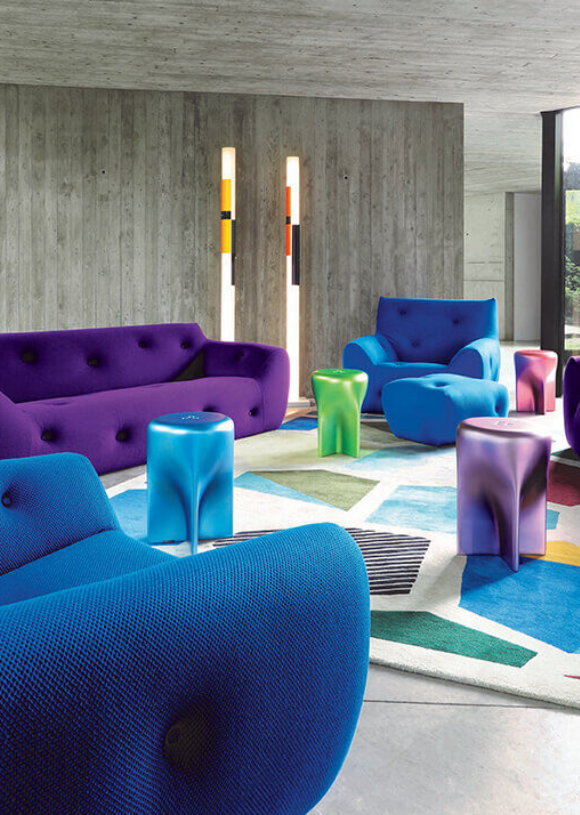From the pandemic to the swift advancement of artificial intelligence, the world has changed a lot in the last few years — and with it, so has consumer behavior. Our shopping habits look little like they did a short decade ago and, if the significant changes in consumer sentiment are to be believed, there's no going back.
While these changes span numerous sectors, they are especially marked in the home furnishing industry. These days, consumers realize that digital solutions can play a valuable role in how they renovate, decorate, and furnish their spaces. The implications could be profound for the industry at large, with retailers and designers alike forced to rethink concepts and processes that once seemed straightforward.
The latest changes may bring some new challenges to the table, but they also present a wealth of opportunities. Below, we delve into the most noteworthy trends in this quickly-evolving industry, as well as the best options for boosting customer engagement and satisfaction moving forward.



